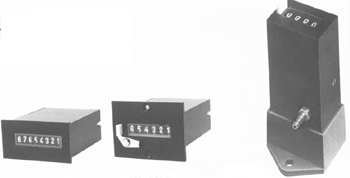Two Key Principles of Compressed Air Efficiency
Keeping compressed air costs down is essential for any thriving business. So much money is wasted when energy resources are mismanaged and abused. If you want to keep compressed air costs down, there are several fundamental principles that you should follow. Adopting these principles will optimize machine performance and reduce energy costs. In the long term, you are saving amount to a lot.
The first, and most important, thing to do is to install efficient equipment for the job at hand. Buying the right size pneumatic control systems and tools (pneumatic valves, pneumatic timers), is the key to saving money and keeping optimal performance. In short, you need the right equipment for the job, to ensure you can match your load. You must also choose a type of air compressor that operates in a control mode that maintains high efficiency through the entire characteristic load profile.
Adequate storage is a necessity for all compressed air systems. The rule of thumb is that almost all systems benefit from a slightly larger storage receiver then is necessary. The standard rule engineers follow is to install tanks between 5 to 10 gallons per CFM rating of the large trip compressor. As a safety precaution, it is common to install secondary receivers downstream to balance pressure that is fluctuating. An air receiver does not contain moving parts, and it does not use electricity.
Pneumatic Controls
For more information on pneumatic control systems, you should not hesitate to give our team a call.
Related Reading:
- Pneumatic Counters Explained
From agriculture to manufacturing to pharmaceutical or other research projects to whatever you need in the way of pneumatic controls, as well as one or more of our leading pneumatic controls system products... - Sizing and Selecting Pneumatic Controls
- Tips for Selecting Pneumatic Actuators


- Ellis/Kuhnke Controls
132 Lewis Street Unit A-2, Eatontown, N.J. 07724
Phone: 1-800-221-0714
Fax: 732-291-8154
Email: Info@ekci.com
- Home Pneumatic Controls Technical Info CAD Drawings Contact Us Pneumatic Timers Blog Site Map
